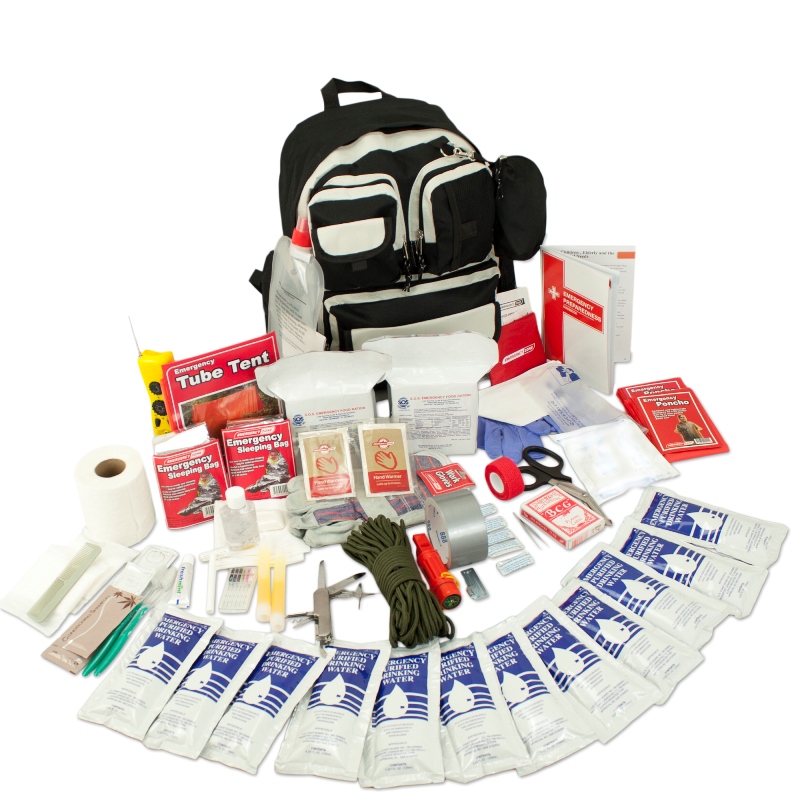With all of the talk of earthquakes lately—especially here in British Columbia—we’ve been focusing a lot on how to prepare for two weeks of self sustenance. And while all aspects of earthquake preparation is extremely important—particularly for those of us living along the Ring of Fire—we want to note that being prepared to move quickly is also important!
For many of us, earthquake or other emergency preparedness means that we have a shelf—or a few shelves—stocked with supplies, including water, food, heat, shelter, light, communication, first aid and sanitation products. And this is a great start! If you are stuck inside your home after a natural disaster, you will be able to thrive with the use of your stockpile.
But now it’s time to stop and ask yourself this: how much of these supplies could you carry?
During a natural disaster, you may not have a lot of time to gather your belongings before you need to evacuate. You may also lose access to your vehicle. If it comes down to you needing to carry whatever you want to bring with you, you’ll be so glad you prepared for a Grab & Go situation.
Here’s what to include in your Grab & Go Emergency Kit:
- Consider using a large backpack so that your hands will be free.
- At least 6 litres of water per person.
- Sufficient, pre-packaged snack food to last you for at least 3 days.
- A portable radio and a flashlight. It’s wise to include extra batteries, and even better if you don’t need them because you have one of our FRX3 Emergency Radio Flashlight Cell Chargers.
- HELP and OK signs.
- ID, contact lists and medical records.
- Photos of family members.
- Spare eyeglass and medication, if needed.
- Spare house and car keys.
- Cash in small bills.
- Emergency blanket and waterproof poncho.
- Change of clothes or cold weather clothes.
- First aid kit including a whistle.
- Work boots, gloves, safety goggles, respirator mask.
- Duct tape and mult-tool.
- Garbage bags, large and small.
- Candles, matches or a lighter.
- Extra clothing layers including some waterproof options.
- Camping gear including shelter, cooking supplies and portable toilet.
Even though 72 hours worth of supplies is not a lot, it could get you to a first-aid station or relief shelters that get set up after the disaster. Just remember, some supplies are better than none. And if you can’t afford to create or purchase a 2-week emergency kit as well as a 72-hour emergency kit, consider amalgamating them by simply using part of your 2-week kit as your 72-hour kit. Organization before-hand is key!
Article contributed by Sophie Wooding – Avid gardener and cyclist in Victoria, BC and Content Writer for Frontier.io

